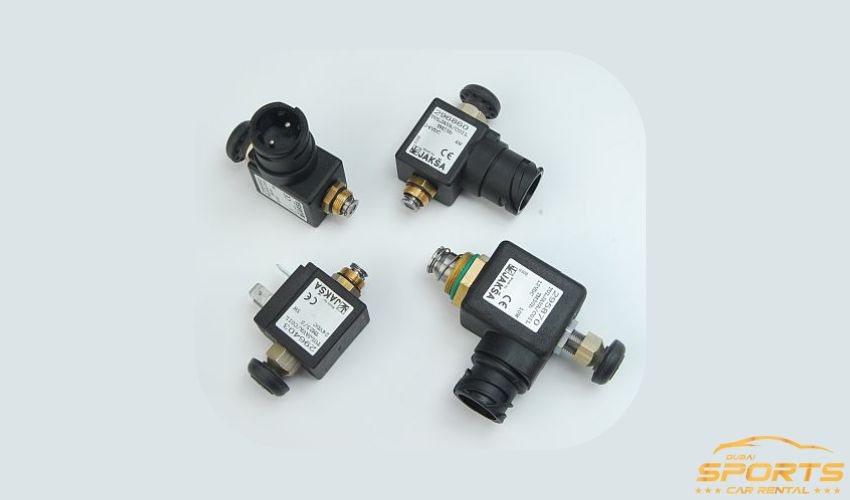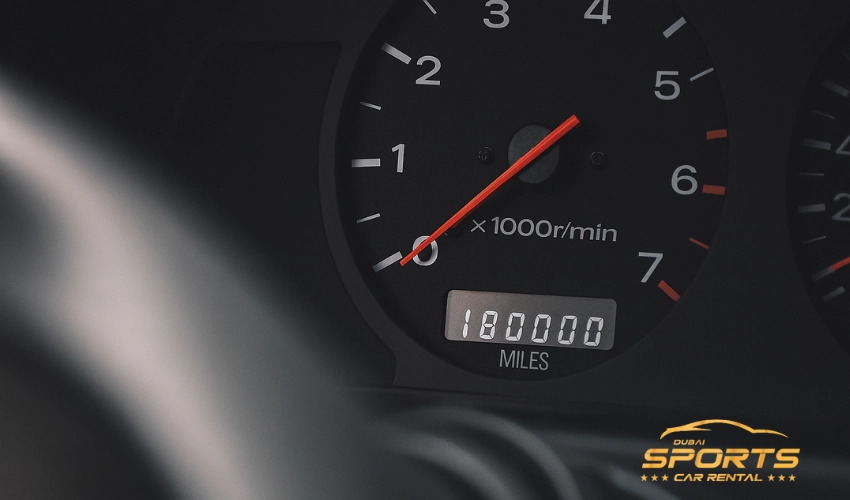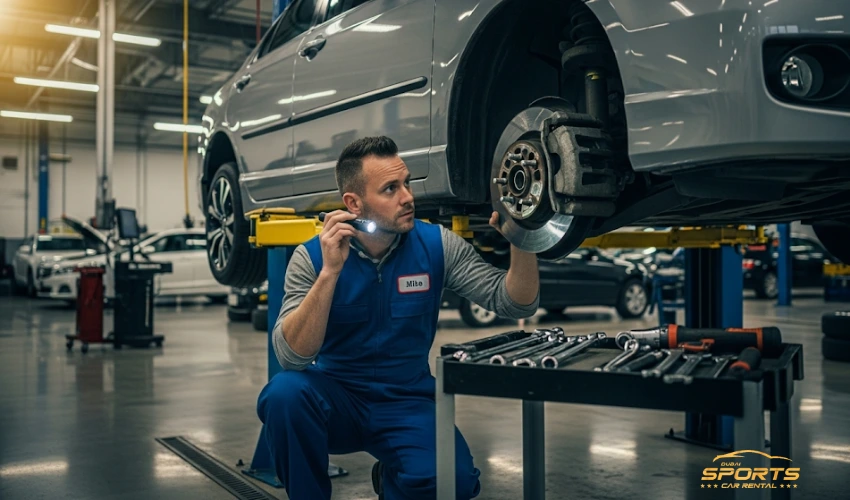The Working Mechanism of a Car Solenoid
Car solenoids play a vital role in the starting process of your vehicle. Located between the ignition system and the engine, solenoids function as power relays that manage the flow of electricity. When you insert and turn your key in the ignition, a small electrical current travels from the ignition switch to the starter solenoid. While the initial current might seem insignificant, it triggers an important chain reaction.
The solenoid contains an electromagnetic coil that activates when receiving this small current. Once activated, the solenoid closes a pair of heavy metallic contacts, creating a pathway for a much larger current to flow directly from the battery to the starter motor. It protects your ignition switch from handling dangerously high currents while ensuring sufficient power reaches the starter.
Mechanical Action of the Solenoid
Beyond merely directing electricity, solenoids perform crucial mechanical functions. When energized, the solenoid operates a plunger, which pushes forward to engage the starter drive mechanism. Thus, this mechanical movement forces the pinion gear to mesh with the ring gear of the engine’s flywheel.
The meshing of these gears creates the physical connection needed for the starter motor to crank the engine. Once the engine starts running, the pinion automatically disengages thanks to a one-way clutch mechanism, preventing damage from excessive rotation speeds. Therefore, this dual electrical and mechanical functionality makes the solenoid an ingenious component in your vehicle’s starting system.
Also Read: What is Tie Rod on a Car
Location and Types of Solenoids

Most vehicles have their starter solenoid mounted directly on the starter motor itself. It streamlines the electrical and mechanical connections necessary for the engine to start. However, some car models may have their solenoids mounted elsewhere in the engine compartment, depending on the specific design requirements.
Many modern vehicles also incorporate a starter relay in addition to the solenoid. In these setups, the ignition switch sends current to the relay, which then activates the solenoid, protecting the electrical system. It helps manage the flow of electricity more efficiently while protecting sensitive components from potential damage.
Signs of a Failing Solenoid
- A failing solenoid typically presents several warning signs before complete failure.
- When you turn your key and hear a clicking sound without the engine cranking, your solenoid might be failing to close its contacts properly.
- Sometimes, the engine might crank slowly or intermittently, indicating a weakening electromagnetic function.
Solenoid issues can also manifest as no-start situations despite having a fully charged battery. In some cases, you might need to try starting your car multiple times before success, which points to deteriorating solenoid performance.
Importance of a Properly Functioning Solenoid
The solenoid represents a critical link in your car’s starting system. Without a properly functioning solenoid, turning your key would not affect starting your combustion engine. While technically possible to start a vehicle by connecting the starter motor to the battery directly, and doing so would require opening your hood before each drive – clearly an impractical solution.
Regular maintenance checks can help ensure your solenoid remains in good working condition. Since solenoids handle significant electrical loads, keeping your battery terminals clean and connections tight contributes to overall solenoid health. Professional inspection during routine service appointments can identify potential solenoid issues before they lead to starting failures.



